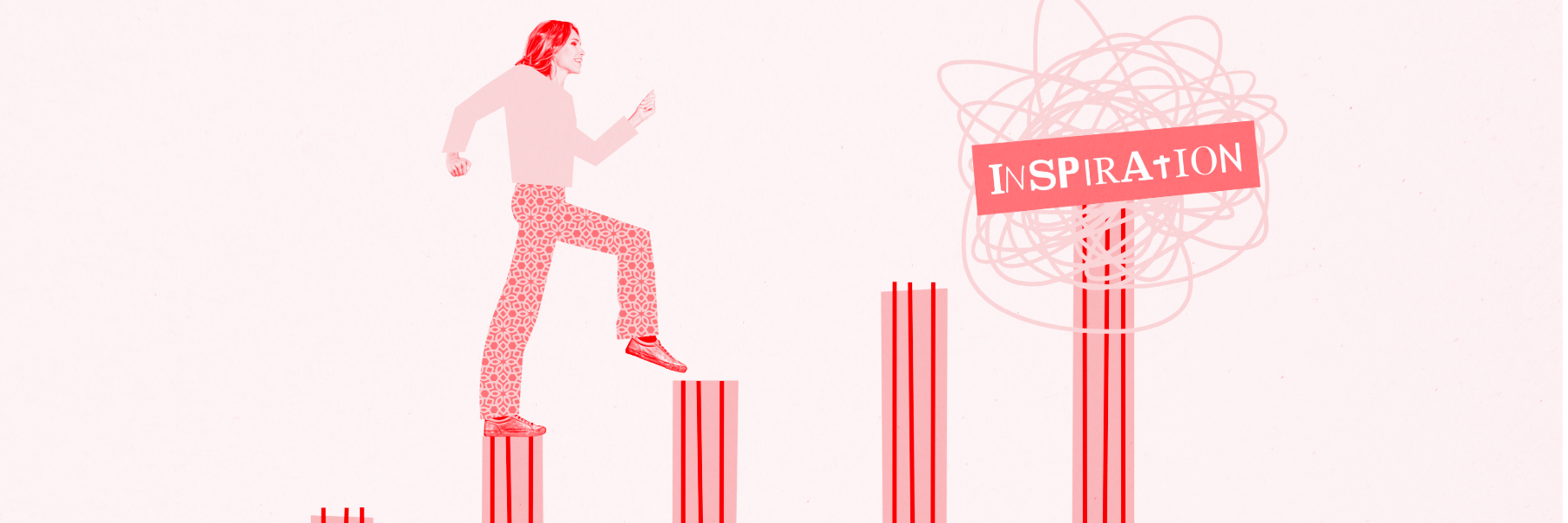Cunningly Good Guide to
Using Infographics
What is it they say? A great picture replaces a thousand words. Well, the infographic is somewhere in between a thousand words and a great picture. Often used to communicate numbers, or complex lists, they are a form of design that has become a very useful marketing communications tool, featuring in annual reports, dotted among websites and even going viral on the internet. If you’re trying to convey information clearly, and it may need a less formal approach, you can’t get better than an infographic. Here’s our Cunningly Good Guide to getting them right.
In a nutshell:
- Infographics are an effective way of conveying lots of information in an easy to process visual format.
- Infographics can carry your company’s branding and therefore are standout visuals instantly recognisable as belonging to your company.
- Infographics are a great tool for use on social media, websites, and can form part of press material, annual reports and other formal documentation.
What is an infographic?
An infographic is an image that displays information in the form of an image. Think less words, more image. These are often seen used with reports, on websites and social media and increasingly are required by the digital age journalist.
How do infographics help?
Put simply an infographic will catch your eye on a report, website or social media feed and will make you stop and read. We are all used to seeing informative, and sometimes less informative, posts on social media which, although relevant to you, are not always engaging to the consumer and can be time-consuming to read.
In the digital age, which has been accelerated by COVID-19, we all have shorter attention spans, so actually getting someone to stop scrolling and read what you have to say can be challenging. Research has found that our attention spans have declined from 12 seconds in 2008 to 5 seconds in 2020*. That is where an infographic comes into its own.
Being able to provide infographics as part of press material available to journalists also means you have a better chance of having your story covered or getting a bigger share of voice in an article. Where increasingly publications are shifting online, there is also a desire from journalists to receive audio and visual content, so the readers’ attention is drawn to their articles online and you may find a good infographic being used to illustrate an article.
What are the benefits of using infographics?
- They enable a large amount of information to be conveyed in a small amount of space and are hugely beneficial for those who are visual learners (research has found that 40% of people respond better to visual information rather than plain text*).
- Visual images convey messages much more effectively and faster than pure text (90% of info transmitted to the brain is visual and is processed 60,000 times faster than text*)
- They make social media posts stand out on a user’s feed, so are more likely to be looked at and read
- They can be branded, and therefore instantly recognisable as coming from your company or organisation
What are the things to consider?
- Know what you want to say first and then build the graphic around that.
- If you have access to a designer, they will be able to help you create them.
- Infographics can be updated with relevant info and used more than once or updated and replicated annually.
How to create a great infographic – what will you need?
You will need access to a talented graphic designer for a start. A clear brief for the designer will be required, high res photos and logos, and or course, accurate information. You will need to think about the style of the infographic and what core message you want to convey.
If you would like to chat about how we can help you create some Cunningly Good Infographics, please give us a call on 01738 658187 or drop our design team an email at g.low@wearecunninglygood.com
*Sources: Google, Instagram & Facebook





